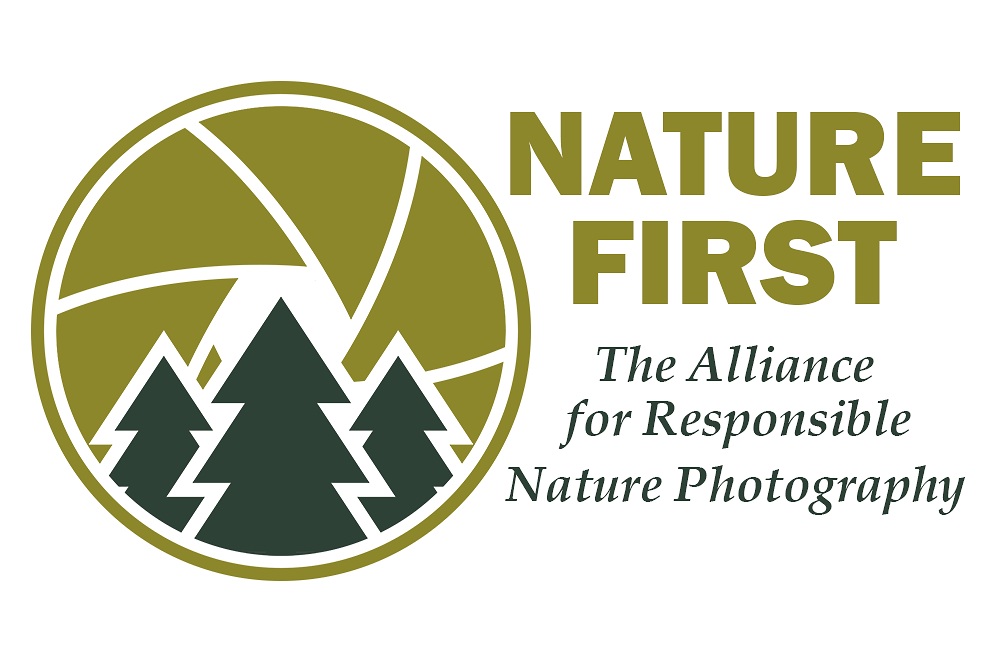Dunnock
 Prunella modularis
Prunella modularis
Length 14 cm
Wingspan 20 cm
Weight. 25 g
Population 2,000,000 pairs
Dunnocks are native to the UK and large areas of Europe with their range spreading as far as Lebanon, northern Iran, and the Caucasus. The ground feeding dunnock’s favoured habitats include woodlands, shrubs, gardens, and hedgerows. The dunnock looks from a distance similar to a house sparrow but the easiest way to tell them apart is the bill. A dunnock’s bill is thin and pointy, while a sparrow’s is much broader and powerful looking. Sparrows also live in flocks, while dunnocks are rarely seen in more than pairs. The dunnock, a quiet and plain sparrow sized bird measures 13–15 cm in length. It’s also known as the hedge sparrow but it’s not actually a member of the sparrow family , but is instead a member of the family of birds called accentors. It possesses a streaked back, resembling a small house sparrow with a distinctive pattern around the eye. The dunnock has a drab appearance which may have evolved to avoid predation. It is brownish underneath, and has a fine pointed bill. Adults have a grey head, and both sexes are similarly coloured.
The dunnock, a quiet and plain sparrow sized bird measures 13–15 cm in length. It’s also known as the hedge sparrow but it’s not actually a member of the sparrow family , but is instead a member of the family of birds called accentors. It possesses a streaked back, resembling a small house sparrow with a distinctive pattern around the eye. The dunnock has a drab appearance which may have evolved to avoid predation. It is brownish underneath, and has a fine pointed bill. Adults have a grey head, and both sexes are similarly coloured.

Dunnocks are territorial and the male bird may engage in conflict with other male birds that encroach upon their territory. Female territorial ranges are almost always exclusive. However, sometimes, multiple males will co-operate to defend a single territory containing multiple females.
The dunnock possesses variable mating systems. Females are often polyandrous, breeding with two or more males at once, rare among birds. .Males provide parental care in proportion to their mating success, so two males and a female can commonly be seen provisioning nestlings at one nest.
 The dunnock builds a neat nest of twigs and feathers , low in a bush or tree, where adults typically lay three to five unspotted blue eggs at a time. Dunnock’s can have two or three broods a season . Broods, depending on the population, can be raised by a lone female, multiple females with the part-time help of a male, multiple females with full-time help by a male.
The dunnock builds a neat nest of twigs and feathers , low in a bush or tree, where adults typically lay three to five unspotted blue eggs at a time. Dunnock’s can have two or three broods a season . Broods, depending on the population, can be raised by a lone female, multiple females with the part-time help of a male, multiple females with full-time help by a male.

A Cuckoo in the nest. Dunnock’s are one of the cuckoo’s favorite host’s. a female cuckoo will remove one of the dunnock’s eggs and then lay one of her own eggs. The cuckoo’s egg is completely different from the dunnock’s egg but is still not rejected.

The dunnock can be found mostly on the ground , feeding on a diet of spiders , ants , worms , insects during the summer with seeds and berries during autumn and winter.

Conservation status.
Classified as Amber in the UK under birds of conservation concern . as with most wildlife in the uk the dunnock is protected under the wildlife and countryside act , 1981.
©️ Wildonline 2020
REVIEW – VORTEX BINOCULARS
VORTEX DIAMONDBACK 10 x 50 HD BINOCULARS REVIEWED BY PETER HANSCOMB To start , these binoculars feel like a quality product , well designed and sleek. The rubber armour feels solid and secure and you feel like you have a strong comfortable grip whilst in use. In addition the rubber armour provides a sense of…
LOCATION – MOULDON HILL
MOULDON HILL COUNTRY PARK Mouldon Hill is literally a stones throw from my house , two minutes in the car and one of my favourite locations to watch and photograph wildlife.There is a real diversity in habitats, from open grass fields , river , canal , lake and woodland. Scratch below the surface and you…
WILDLIFE – THE CUCKOO
THE CUCKOO , Cuculus canorus The Cuckoo is a dove-sized bird with blue grey upper parts, head and chest with dark barred white under parts. With their sleek body, long tail and pointed wings they are not unlike and sometimes confused with Kestrels or Sparrowhawks. Both sexes are similar in size and appearance .Young cuckoos…




















I now know that I don’t have more sparrows this year. I have Dunnocks. Thank you for resolving my puzzlement. I couldn’t quite make out why I thought the sparrows looked different!
It’s easy to mistake sparrows and dunnocks , particularly the female bird. thank you for following the blog.
I look forward to learning more..
It really looks so much like a sparrow except for its tiny beak that I could have easily confused between the two!!
they also have a distinctive patch around the eyes
Oh yes I notice it now in the pictures, after you mentioned that! Thanks